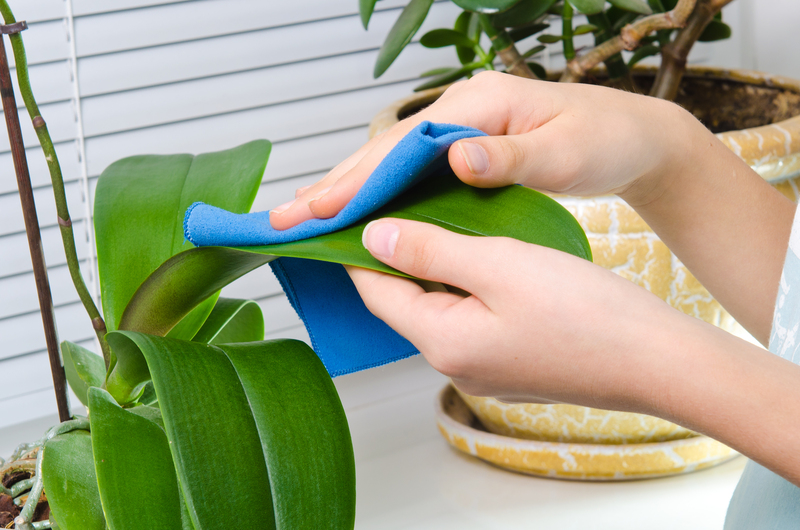The Real Deal on Cleaning Myths
At some point, we've all heard cleaning advice or tips that left us with more questions than answers. Whether it's your grandmother's "guaranteed" home remedy or a viral social media hack, sorting fact from fiction is a challenging task. Below, we thoroughly debunk some widespread cleaning myths, so you can get back to spotless living without the confusion.
Myth 1: Vinegar is the Ultimate Cleaning Agent
Vinegar indeed has a well-earned reputation for being a versatile, non-toxic cleaner. It can dissolve mineral deposits, grease, and even eliminate some bacteria. However, the universal application of vinegar for all cleaning tasks is a misconception.
Vinegar's acidity can actually damage certain materials. For instance, using vinegar on granite or marble countertops can etch the stone, leading to dullness over time. Similarly, vinegar can weaken and damage the rubber seals in your dishwasher or washing machine. Always check manufacturer recommendations before using vinegar on any surface.

Myth 2: More Soap Equals a Cleaner Surface
This myth is a classic example of "more is better" thinking, but when it comes to soap, it's not always true. Excess soap can leave a sticky residue that attracts dirt and dust, thereby reducing the effectiveness of your cleaning.
Using the right amount of soap and water is crucial for effective cleaning. Overusing soap can also be problematic in washing machines and dishwashers, causing an overflow of suds that could lead to mechanical issues. To avoid this, always adhere to usage instructions provided by manufacturers.
Myth 3: Newspapers are the Best for Cleaning Windows
For years, generations swore by newspapers for streak-free, sparkling windows. While newspaper was once a good option, the ink has changed over the years and can now leave streaks or even damage the window surface.
Microfiber cloths are the modern alternative. They are highly effective at picking up and trapping dust, dirt, and grease without leaving streaks. Plus, they're reusable and washable, making them an eco-friendly choice.
Myth 4: Bleach Cleans Everything
Bleach is often associated with cleanliness and disinfection but should not be mistaken for a general-purpose cleaner. While it is effective in killing bacteria and viruses, it doesn't remove dirt or stains effectively.
For cleaning surfaces with visible grime or stains, it's better to use an appropriate cleaner first, followed by disinfecting with bleach solutions as needed. You must also be cautious when mixing bleach with other cleaning agents, especially ammonia. The combination produces toxic fumes that pose serious health risks.
Myth 5: Feather Dusters are Effective
The image of a feather duster flicking dust off surfaces is a familiar one, but unfortunately, it's more picturesque than practical. Feather dusters often just spread dust around rather than trapping it, which can actually degrade air quality.
Microfiber dusters and clothes are far more effective. They capture dust particles rather than just moving them around, ensuring a cleaner, healthier home. Additionally, microfiber materials can be easily cleaned and reused, reducing waste.

Myth 6: All Green Cleaners are Safe and Non-Toxic
Just because a cleaner is labeled as "green" or "eco-friendly" doesn't always mean it's entirely safe or non-toxic. Some products may still contain ingredients that can cause skin irritation, respiratory issues, or environmental harm.
Always read the ingredient list and look for certifications from credible organizations. Understanding the terms and certifications can help you make more informed decisions about which products are truly safe for your family and the environment.
Conclusion: Navigating Cleaning Myths
Understanding the facts behind these common cleaning myths can help you create a more efficient and effective cleaning routine. While traditional wisdom and modern hacks can offer some good advice, it's critical to approach each tip with a dose of skepticism and a willingness to do a bit of research.
Whether it's choosing the right cleaning agents for specific surfaces, understanding the proper use of disinfectants, or selecting effective dusting tools, knowledge is your best ally in maintaining a spotless, healthy, and safe home. So next time you hear a cleaning hack that sounds too good to be true, remember: it probably is.



